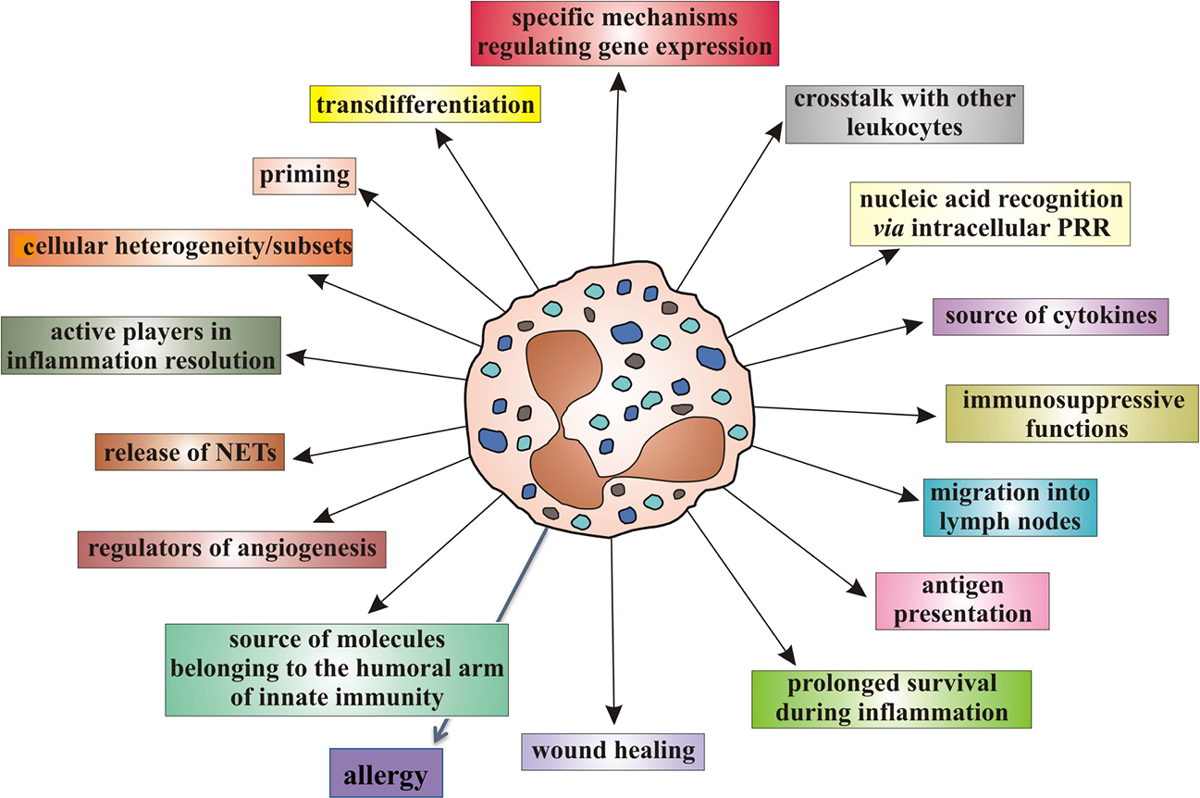Areas of Capsaicin-Induced Secondary Hyperalgesia and Allodynia Are Reduced by a Single Chiropractic Adjustment: A Preliminary Study
SOURCE: J Manipulative Physiol Ther. 2004 (Jul); 27 (6): 381–387
Parvaneh Mohammadian, PhD, Antonio Gonsalves, DC,
Chris Tsai, DC Thomas Hummel, MD, Thomas Carpenter, DC
School of Medicine,
University of California,
Los Angeles, Calif 90024, USA.
INTRODUCTION: The aim of the study was to investigate the hypoalgesic effects of a single spinal manipulation treatment on acute inflammatory reactions and pain induced by cutaneous application of capsaicin.
METHODS: Twenty healthy subjects participated in the experiment, which consisted of 2 sessions. In both sessions, following control measurements, topical capsaicin was applied to the right or left forearm to induce cutaneous inflammatory reactions. The cream was removed after 20 minutes. Then subjects received either spinal manipulation treatment (SMT) or “nonspinal manipulation treatment” (N-SMT), respectively. In control as well as pretreatment and posttreatment intervals, the following tests were performed: measurement of the areas of mechanical hyperalgesia and stroking allodynia, assessment of spontaneous pain, and measurement of blood flow.
RESULTS: The results confirmed that topical capsaicin induced inflammatory reactions based on occurrence of hyperalgesia and allodynia, augmented pain perception, and increased blood flow following capsaicin application compared with the control session. When compared with N-SMT, spontaneous pain was rated significantly lower post-SMT (P <.014). In addition, areas of both secondary hyperalgesia and allodynia decreased after SMT (hyperalgesia: P <.007; allodynia: P <.003). However, there was no significant treatment effect for local blood flow.
There are more articles like this @ our:
CONCLUSION: These results suggest hypoalgesic effects following a single SMT. As local vascular parameter was not affected by the single SMT, the hypoalgesic effects appear to be due to central mechanisms.
Keywords: Chiropractic Manipulation, Hyperalgesia, Allodynia, Pain
From the Full-Text Article:
Introduction
Numerous studies have investigated the basic mechanisms underlying spinal manipulation treatment (SMT) on pain and inflammatory reactions. [1–5] Vernon et al [2] demonstrated that the pain-relieving effect of manipulation is partly due to a short-term increase of beta-endorphin levels. Subsequent studies failed to replicate these findings while demonstrating hypoalgesic effects of SMT. [3, 4] Furthermore, plasma cortisol and adrenocorticotropic hormone (ACTH) levels did not differ pre-SMT and post-SMT and also when compared with sham treatment. [3] Salivary cortisol level was also shown to remain constant following SMT. [5]
Using visual analog scales, menstrual distress questionnaire, and prostaglandin plasma levels, Kokjohn et al [6] demonstrated in menstruating women that both pain and menstrual distress were significantly reduced following SMT. In this study, the authors also showed a significant reduction of prostaglandin plasma level in the sham group, indicating that a placebo effect was associated with a single sham intervention.
The conflicting results described above clearly indicate that further studies are needed to investigate the physiological mechanisms underlying the effects of spinal manipulation on pain perception and inflammatory reactions. In all recent studies, either patients or healthy volunteers were tested. However, SMT has not been examined in experimental models of human pain/inflammation. Among such models that have been successfully applied to induce inflammatory reactions and pain is the intradermal or topical application of capsaicin, the active ingredient of chili pepper. [7–15] This technique induces a controlled neurogenic inflammation that allows repetitive and gradual assessment of both sensory and local vascular changes. Capsaicin predominantly activates nerve endings of unmyelinated nociceptive afferents. It causes neuropeptide release (such as substance P), resulting in the development of many signs of acute inflammation, eg, hyperalgesia (an increased response to previously noxious stimuli) and allodynia (pain perception induced by innocuous stimuli), vasodilation, increased blood flow, and elevated skin temperature. [16, 17]
Read the rest of this Full Text article now!





Leave A Comment